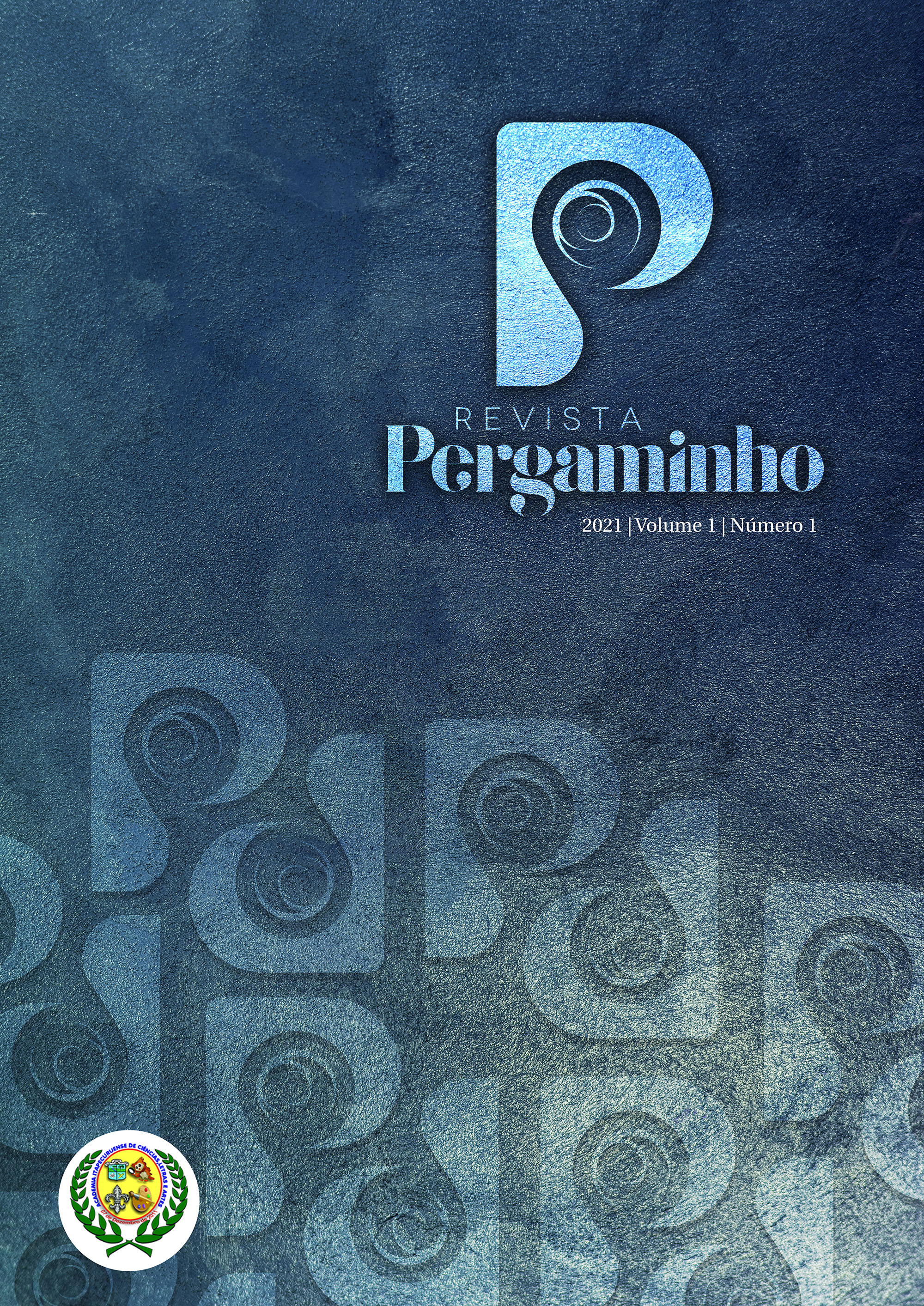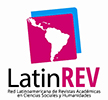The image as a text in the literary adaptation of “O Mulato”
ARK:
https://n2t.net/ark:/35231/pergaminho.v1n1.6Keywords:
Image, Text, Comics, Adaptation, O MulatoAbstract
This article analyzes the relationship between image and text in the adaptation of O Mulato, produced by Iramir Araujo and Ronilson Freire, in 2019. Thus, this work aims to investigate how the transposition of the verbal language, of the published literary text, occurred originally in 1881, by Aluísio Azevedo, for the comic book language, especially for illustrations. Therefore, we used as theoretical support the propositions of Eisner (1995 regarding comic books and the notes of Camello (2017) and McCloud (2005) on adaptation of literary classics to comics. exploratory, consisted of a selective survey of bibliographic data, supporting the method of comparative analysis, which resulted in the extraction of excerpts from the comic book version and the original text. constituted of another language, it does not extinguish the essence of the Romance written by Aluísio Azevedo, being possible to recognize in the illustrations the plot of the source work.
Downloads
References
ABRUNHOSA, Suzana. De leitor a produtor: adaptação de Vidas Secas em história em quadrinhos, sob a óptica discente, 2018. 101f. Dissertação (Mestrado em Processos de Ensino, Gestão e Inovação) - Universidade de Araraquara, Araraquara, 2018.
ARAUJO, Iramir; FREIRE, Ronilson. O Mulato uma história em quadrinhos. São Luís: Sete Cores, 2019.
AZEVEDO, Aluísio. O Mulato. São Paulo: Lafonte, 2019.
CIRNE, Moacy. História e crítica dos quadrinhos brasileiros. Rio de Janeiro: Funarte, 1990.
CAMELLO, Santhyago. Da Literatura aos Quadrinhos: uma análise o fazer quadrinístico nas adaptações de O Alienista e Dois Irmãos, 2017. 152f. Dissertação (Mestrado em Teoria da Literatura e Literatura Brasileira) - Universidade Federal Fluminense, Niterói, 2017.
EISNER, Will. Narrativas Gráficas: princípios e prática das lendas dos quadrinhos. (Tradução Leandro Luigi). 2. ed. São Paulo: Devir, 2008.
FERRO, Ana Paula Rodrigues. Clássicos literários adaptados para história em quadrinhos: um recurso para ensinar línguas e despertar para a leitura. Educação, Gestão e Sociedade: revista da Faculdade Eça de Queirós. ISSN 2179-9636, Ano 4, número 16, Novembro, 2014.
FONTENELE DE PAULA, Maria Luísa. Duas vezes dois irmãos- análise comparativa da obra de Hatoum na literatura e nos quadrinhos. In: 11º Interprogramas de Mestrado em Comunicação da Faculdade Cásper Libero, 2015. Disponível em: https://casperlibero.edu.br/wp-content/uploads/2017/02/Maria-Lu%C3%ADsa-F-de-Paula-USCS.pdf. Acesso em: 17 de abril de 2021.
MCCLOUD, Scott. Desvendando os quadrinhos. Trad.: Helcio de Carvalho e Marisa do Nascimento Paro. São Paulo: M. Books do Brasil, 2005.
NIKOLAJEVA, Maria; SCOTT, Carole. Livro ilustrado: palavras e imagens. (Tradução de Cid Knipel). São Paulo: Cosac Naify, 2011.
RAMOS, Paulo. A leitura dos quadrinhos. São Paulo: Contexto, 2009.
SILVA. Nadilson M. da. Elementos para a análise das Histórias em Quadrinhos. INTERCOM – Sociedade Brasileira de Estudos Interdisciplinares da Comunicação XXIV Congresso Brasileiro da Comunicação – Campo Grande /MS – setembro, 2001.
VERGUEIRO, Waldomiro; RAMOS, Paulo. Quadrinhos na educação: da rejeição à prática. São Paulo: Contexto, 2009.
Downloads
Published
How to Cite
Issue
Section
License
Copyright (c) 2021 Revista Pergaminho

This work is licensed under a Creative Commons Attribution-NonCommercial 4.0 International License.


